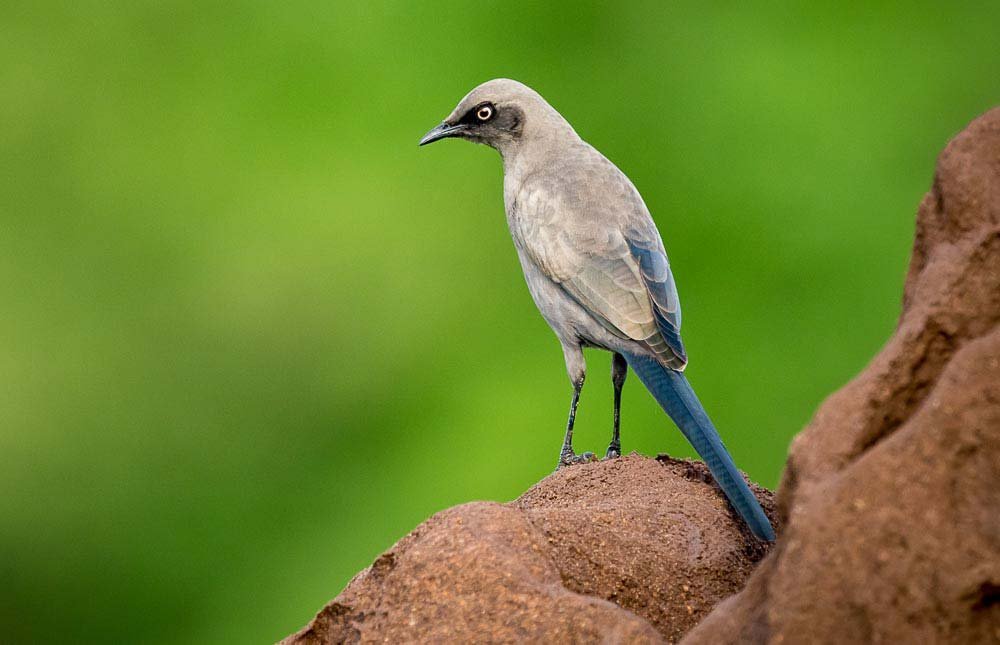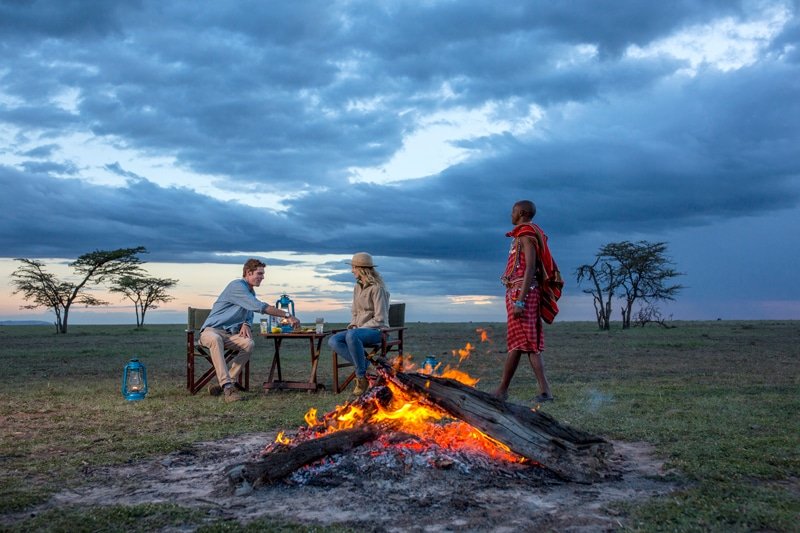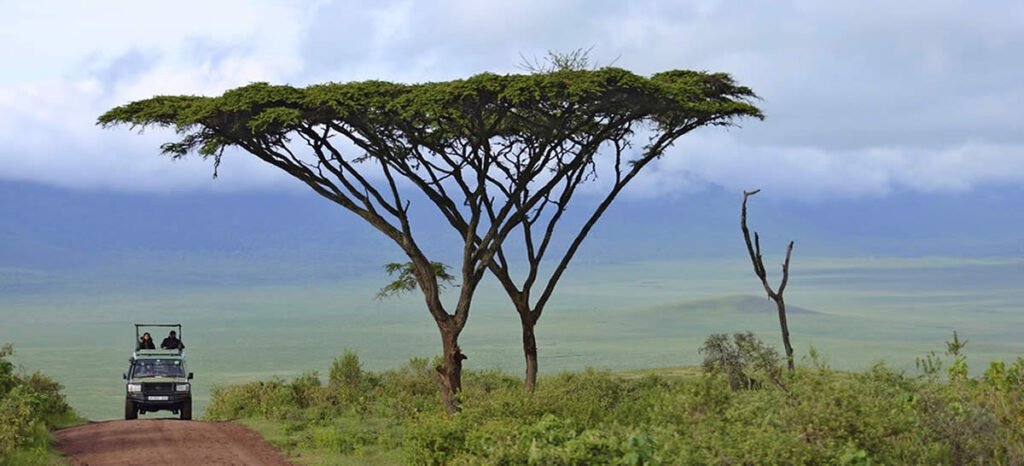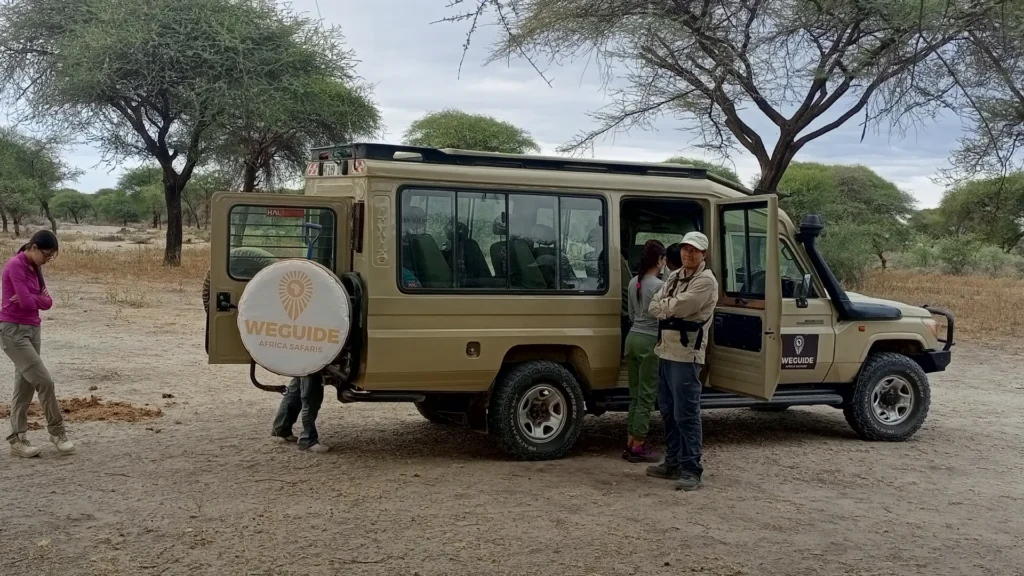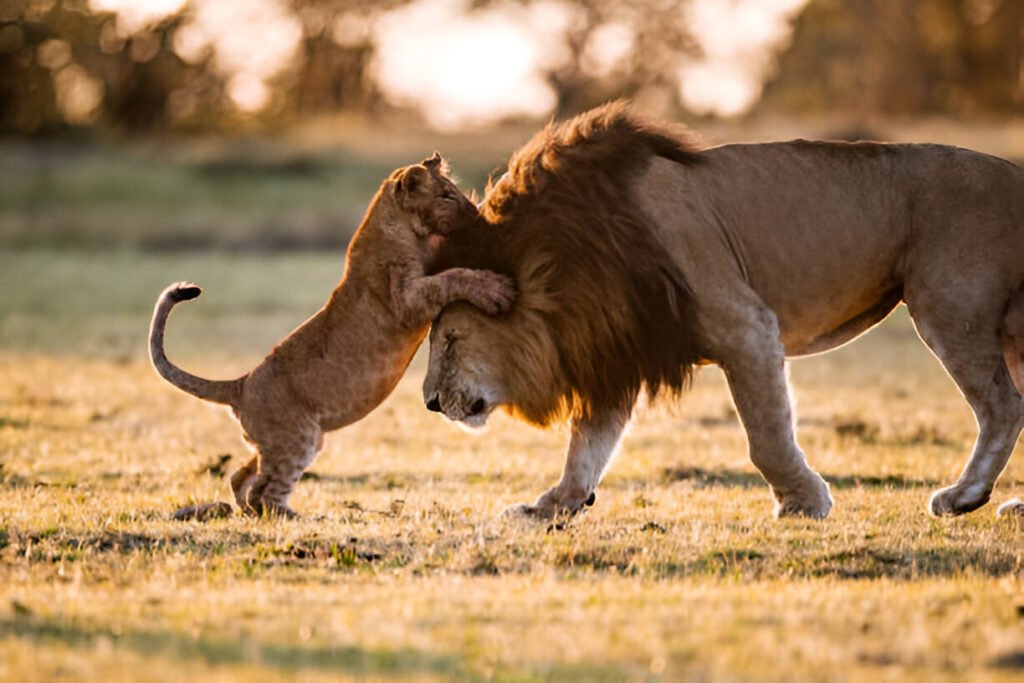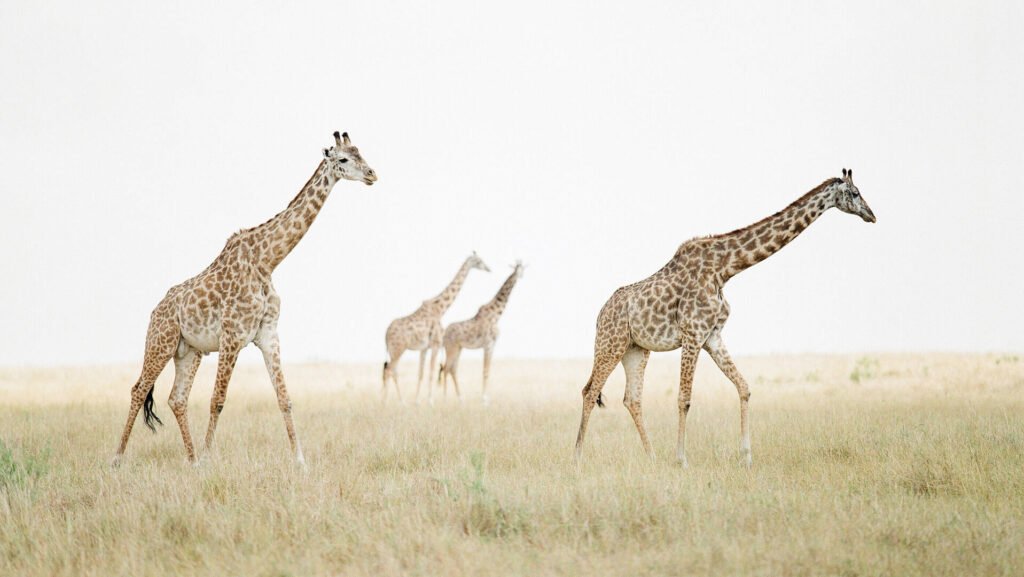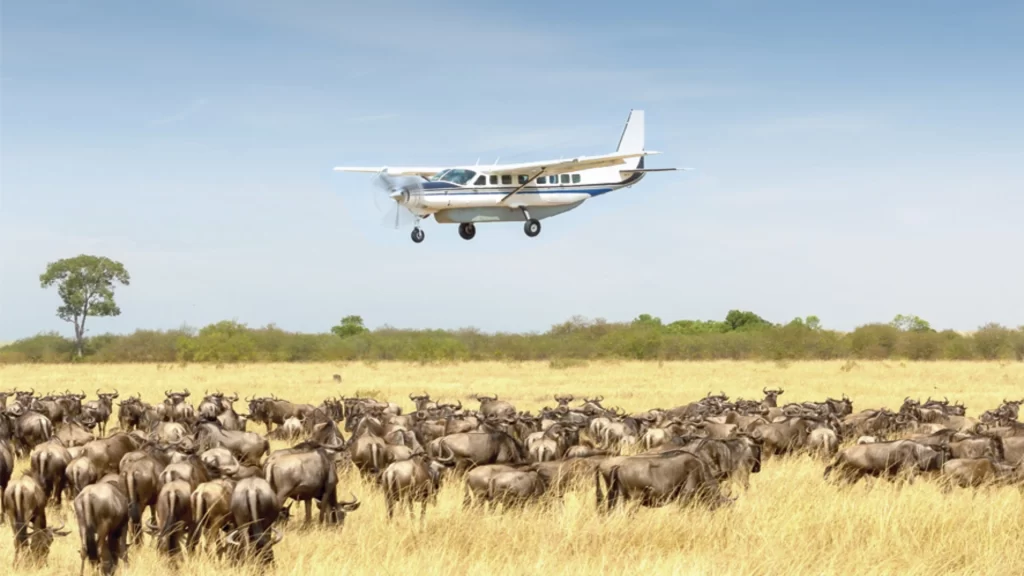The Ngorongoro Crater is, without a doubt, a world-renowned safari destination in Tanzania. It sits within the larger Ngorongoro Conservation Area, a place of stunning beauty. In fact, the crater is a massive, unbroken caldera formed millions of years ago. This unique geological history consequently created a self-contained ecosystem. As a result, the crater floor has become a sanctuary for an incredible variety of life.
A World of Wildlife
Inside the crater walls, the environment supports a thriving food chain. For instance, vast grasslands provide abundant food for wildebeest, zebras, and buffalo. Consequently, this supports one of Africa’s densest predator populations. Indeed, the sheer number of Ngorongoro Crater animals is astounding. It is, therefore, a crucial stronghold for the “Big Five,” which includes elephants, Cape buffalo, lions, leopards, and rhinos.
Your Ngorongoro Crater Safari Experience
Because of this density, a safari here offers almost guaranteed wildlife sightings. Typically, you can expect to see lions roaming freely, and with luck, you may also spot a reclusive leopard. Furthermore, the crater is one of the best places in East Africa to see the critically endangered black rhino. Beyond the large mammals, however, the landscape itself is beautiful. For example, Lake Magadi often shimmers with thousands of pink flamingos, while nearby, hippos cool off in freshwater springs. A typical Ngorongoro Crater safari then involves a thrilling drive down the 2,000-foot crater walls in a 4×4 vehicle.
Culture and Accommodation
In addition to wildlife, the area also offers rich cultural encounters. Specifically, the Maasai people live in the region, grazing livestock alongside the animals. This interaction adds a fascinating dimension to any visit. When planning your stay, you will find many options for Ngorongoro Crater accommodation. For instance, excellent choices include luxury lodges and camps set along the crater’s rim. Uniquely, these spots provide both breathtaking views and easy access for early morning game drives.
Ultimately, the crater’s constant resources make it a premier year-round destination. Moreover, its status as a UNESCO World Heritage Site highlights its global importance. For this reason, the Ngorongoro Crater remains an essential stop for any wildlife enthusiast.














